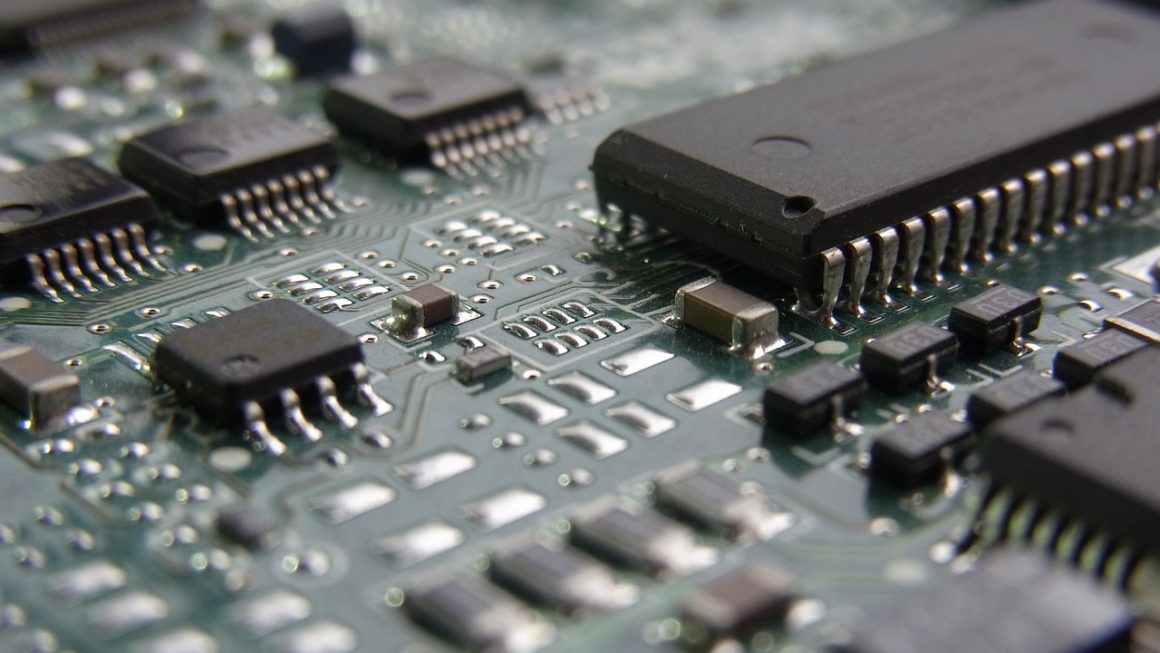Servers: The Unsung Heroes of the Digital World
In today’s interconnected world, we rely on the internet for everything from streaming movies and social media to online banking and e-commerce. But have you ever stopped to consider what makes all of this possible? The answer lies in servers – the powerful, often unseen, backbone of the digital realm. They’re the workhorses that tirelessly process requests, store data, and deliver the content we access every day. This article will delve into the world of servers, exploring their types, functions, and why they are crucial for modern technology.
What is a Server?
Defining the Server Role
At its core, a server is a computer or system that provides resources, data, services, or programs to other computers, known as clients, over a network. Think of it as a central hub, responding to requests from various devices and fulfilling their needs. These requests can range from fetching a webpage to processing a database query or sending an email.
The term “server” can refer to both the physical hardware and the software that performs these functions. Often, a single physical server can host multiple virtual servers, each running different applications and serving different purposes.
Client-Server Model
The interaction between servers and clients is based on the client-server model. In this model:
- Clients initiate requests for services or data. These could be desktop computers, laptops, smartphones, or even other servers.
- Servers listen for these requests and process them, providing the requested resources or services back to the client.
This model allows for efficient resource management and centralized control, making it easier to manage and maintain complex networks.
Types of Servers
Web Servers
Web servers are responsible for storing and delivering website content to users. When you type a URL into your browser, your computer sends a request to a web server. The server then retrieves the requested HTML, CSS, JavaScript, and other files, and sends them back to your browser, which renders the webpage.
Popular web server software includes:
- Apache HTTP Server: A widely used open-source web server known for its flexibility and modularity.
- Nginx: Another popular open-source web server, often used as a reverse proxy, load balancer, and HTTP cache. It’s known for its high performance and efficiency.
- Microsoft IIS (Internet Information Services): A web server developed by Microsoft, often used in Windows-based environments.
Database Servers
Database servers store and manage structured data, allowing applications to retrieve, update, and delete information efficiently. They are essential for applications that rely on large amounts of data, such as e-commerce websites, social media platforms, and financial systems.
Examples of database servers include:
- MySQL: A popular open-source relational database management system (RDBMS).
- PostgreSQL: Another open-source RDBMS, known for its advanced features and adherence to SQL standards.
- Microsoft SQL Server: A commercial RDBMS developed by Microsoft.
- Oracle Database: A widely used commercial RDBMS known for its scalability and reliability.
File Servers
File servers provide a central location for storing and sharing files across a network. Users can access and share files stored on the server from their computers, simplifying collaboration and data management. They are commonly used in office environments.
Examples of file server technologies include:
- Windows File Server: A file server service provided by the Windows operating system.
- Samba: An open-source software that allows Windows and Unix-like systems to share files and printers.
- Network File System (NFS): A distributed file system protocol used primarily on Unix-like systems.
Mail Servers
Mail servers are responsible for sending, receiving, and storing email messages. When you send an email, your email client connects to a mail server, which then forwards the message to the recipient’s mail server. The recipient’s mail server then stores the message until the recipient retrieves it.
Common mail server protocols include:
- SMTP (Simple Mail Transfer Protocol): Used for sending email messages.
- POP3 (Post Office Protocol version 3): Used for retrieving email messages.
- IMAP (Internet Message Access Protocol): Another protocol used for retrieving email messages, offering more advanced features than POP3.
Game Servers
Game servers host multiplayer online games, allowing players to connect and play together. They handle game logic, player synchronization, and other tasks to ensure a smooth and immersive gaming experience. These servers often require significant processing power and low latency connections to handle the demands of real-time gameplay. Minecraft and Fortnite both rely heavily on game servers.
Server Hardware
Server Components
Server hardware is typically more robust and reliable than desktop computer hardware. Key components include:
- Processors (CPUs): Servers often use multiple high-performance processors to handle heavy workloads.
- Memory (RAM): Servers require large amounts of RAM to store data and applications in memory for fast access. 32GB, 64GB, 128GB or even more is common.
- Storage: Servers use fast and reliable storage devices, such as solid-state drives (SSDs) or hard disk drives (HDDs), to store data. RAID (Redundant Array of Independent Disks) configurations are often used for data redundancy and improved performance.
- Network Interface Cards (NICs): Servers need high-bandwidth NICs to handle network traffic efficiently.
- Power Supplies: Servers use redundant power supplies to ensure uninterrupted operation in case of power failures.
Server Form Factors
Servers come in various form factors, each suited for different environments and needs:
- Rack Servers: Designed to be mounted in standard 19-inch racks, allowing for high density and efficient use of space in data centers. 1U, 2U, and 4U are common sizes.
- Tower Servers: Resemble desktop computers and are often used in small businesses or home offices.
- Blade Servers: Compact servers that share resources like power and cooling, providing high density and energy efficiency.
Server Operating Systems
Popular Server OS Options
The operating system (OS) is the software that manages the server’s hardware and provides a platform for running applications. Common server operating systems include:
- Linux: A popular open-source OS known for its stability, security, and flexibility. Popular distributions include Ubuntu Server, CentOS, and Debian.
- Windows Server: A commercial OS developed by Microsoft, often used in enterprise environments.
- macOS Server: An OS developed by Apple, designed for use in macOS-based networks.
Choosing the right OS depends on the specific needs and requirements of the server’s applications and services.
Server Management Tools
Server management tools are essential for monitoring, configuring, and maintaining servers. These tools can provide insights into server performance, identify potential problems, and automate administrative tasks.
Examples of server management tools include:
- cPanel: A popular web hosting control panel that simplifies server management tasks.
- Plesk: Another web hosting control panel with a wide range of features.
- Webmin: A web-based interface for managing Linux servers.
- Microsoft System Center: A suite of tools for managing Windows Server environments.
Cloud Servers vs. On-Premise Servers
Cloud Servers
Cloud servers are virtual servers hosted in a cloud computing environment. They offer several advantages over on-premise servers, including:
- Scalability: Cloud servers can be easily scaled up or down to meet changing demands.
- Cost-effectiveness: Cloud servers eliminate the need for upfront investment in hardware and reduce ongoing maintenance costs.
- Reliability: Cloud providers typically offer high availability and redundancy, ensuring that servers are always available.
- Accessibility: Cloud servers can be accessed from anywhere with an internet connection.
Popular cloud providers include:
- Amazon Web Services (AWS)
- Microsoft Azure
- Google Cloud Platform (GCP)
On-Premise Servers
On-premise servers are physical servers located within an organization’s own data center. They offer greater control over hardware and data security, but also require significant investment in infrastructure and maintenance.
Benefits of on-premise servers include:
- Control: Organizations have full control over the hardware and software configuration of their servers.
- Security: On-premise servers can be secured according to an organization’s specific security policies.
- Compliance: On-premise servers may be required for compliance with certain regulations or standards.
The choice between cloud servers and on-premise servers depends on an organization’s specific needs, budget, and risk tolerance.
Conclusion
Servers are the invisible infrastructure that powers the internet and countless digital services. From web servers delivering website content to database servers managing critical data, they play a vital role in our connected world. Understanding the different types of servers, their hardware components, and operating systems is essential for anyone involved in IT or web development. Whether you choose to deploy cloud servers or manage on-premise servers, having a solid grasp of server technology is crucial for success in today’s digital landscape. By understanding their purpose and function, we can appreciate the vital role servers play in enabling the technology we rely on every day.




